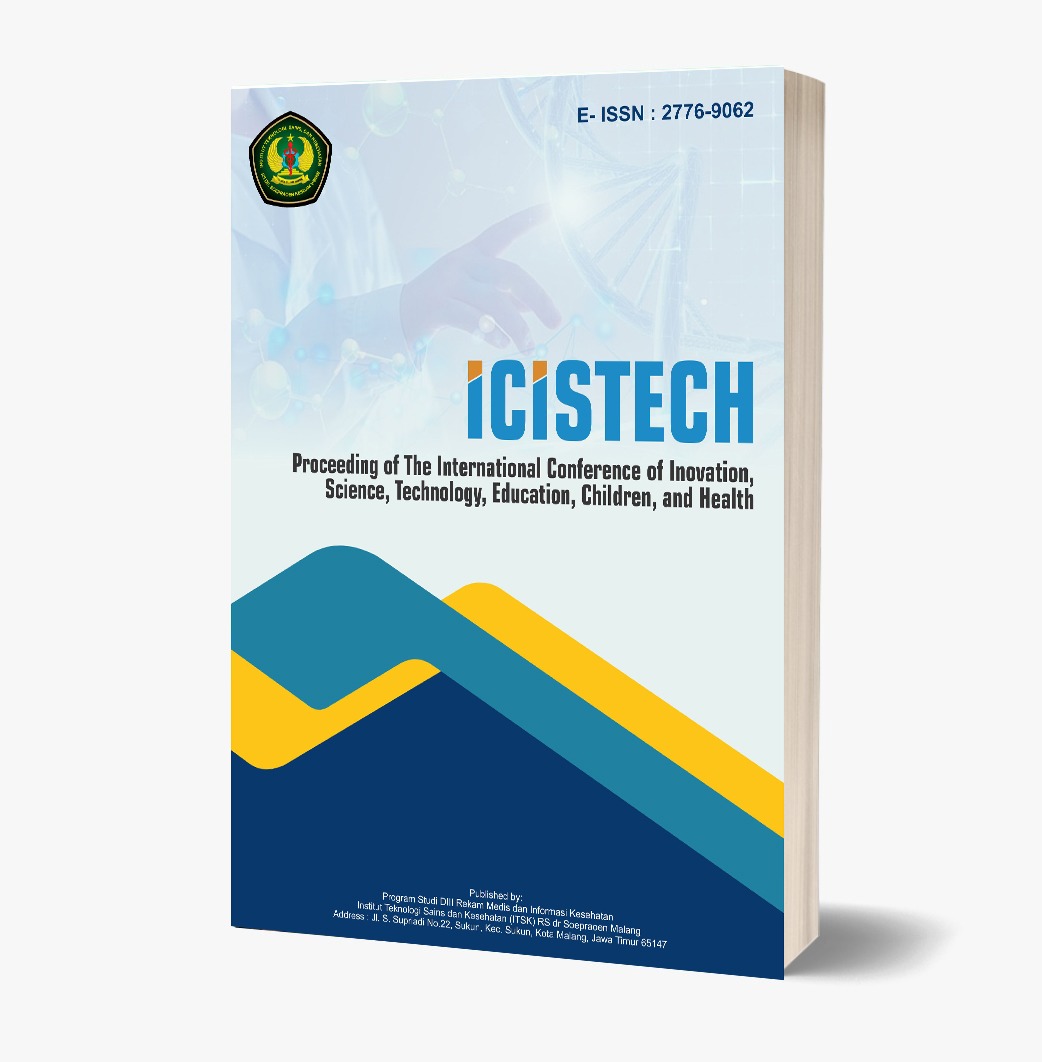Smart Wearables for Autism Spectrum Disorder (ASD) Management in Children
DOI:
https://doi.org/10.62951/icistech.v4i2.134Keywords:
Assistive Technology, Child Development, Special EducationAbstract
Wearable technology is increasingly being used to assist children with Autism Spectrum Disorder (ASD) in communication, emotional regulation, and daily activities. This paper reviews the effectiveness of smart wearables, such as biosensors, AI-powered communication aids, and emotion-detection devices, in improving the quality of life for children with ASD. The study highlights the role of technology in enhancing therapy and intervention strategies.
References
Allison, C., Baron-Cohen, S., & Wheelwright, S. (2008). "The Autism Spectrum Quotient: A framework for the study of autism." Journal of Autism and Developmental Disorders, 38(1), 122-130.
Benassi, G., & Bonelli, L. (2016). "Wearable technologies for healthcare applications: A review." Journal of Ambient Intelligence and Humanized Computing, 7(2), 233-250.
Craig, A. R., & Brown, J. H. (2017). "Using technology to assist children with autism spectrum disorder." Journal of Special Education Technology, 32(1), 19-29.
Duchow, M., & Möller, S. (2019). "Assistive technologies in autism spectrum disorder management." Disability and Rehabilitation: Assistive Technology, 14(4), 345-355.
Dunn, W. (2015). "The sensory profile: User's manual." Theraputic Resources.
Hwang, W. Y., & Chang, C. H. (2018). "Smart wearable devices for children with autism spectrum disorder: A systematic review." Computers in Biology and Medicine, 105, 109-120.
Kientz, J. A., & Findlater, L. (2017). "Technology in the autism classroom." Journal of Autism and Developmental Disorders, 47(5), 1232-1242.
Levenson, M., & Stoneman, Z. (2019). "Technology and autism: A critical review of smart wearables." Computers in Education, 72, 124-134.
Moen, M. I., & Liu, M. (2016). "Wearables and their role in autism management." IEEE Transactions on Biomedical Engineering, 63(7), 1456-1465.
Morrow, E., & Smith, A. (2018). "Wearable biosensors for children with autism spectrum disorder." Journal of Medical Systems, 42(2), 45.
O’Neill, H. F., & Wainess, R. (2011). "Wearable technologies for health care in children with ASD." Journal of Clinical Medicine, 4(5), 679-692.
Roose, R., & De Laet, J. (2017). "Assistive technology for autism spectrum disorders." European Journal of Special Needs Education, 32(4), 523-536.
Stephenson, J., & Lattimore, S. (2019). "A review of wearable technologies in autism management." Journal of Autism and Developmental Disorders, 49(7), 1693-1705.
Weiner, M. D., & Vance, M. (2017). "The potential of wearable devices for children with autism spectrum disorder." Journal of Applied Behavioral Science, 53(3), 253-270.
Zheng, Y., & Li, S. (2020). "Emotion-detection technologies for ASD children: Applications and challenges." Journal of Autism and Developmental Disorders, 50(4), 1055-1065.
Downloads
Published
How to Cite
Issue
Section
License
Copyright (c) 2024 Proceeding of The International Conference of Inovation, Science, Technology, Education, Children, and Health

This work is licensed under a Creative Commons Attribution-ShareAlike 4.0 International License.













